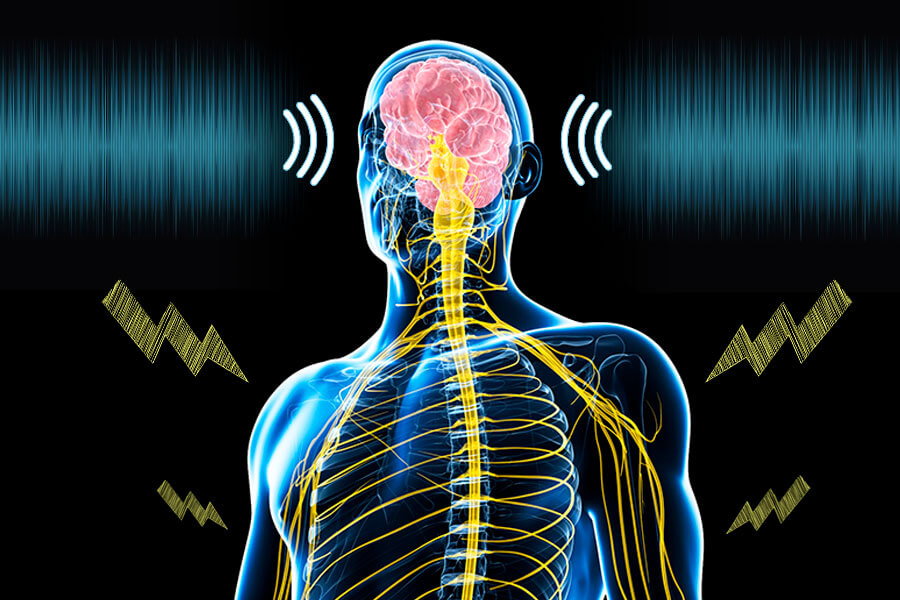A team from the University of Minnesota Twin-Cities has developed a technique that could help people with chronic and neurological conditions find pain relief. The process involves electrical stimulation of the body combined with sound, activating a part of the brain that regulates pain.
The research used electrical body stimulation in animal models and showed promising results. Study authors hope the results will carry over to humans in future trials.
“Chronic pain is a huge issue for a lot of people, and for most, it’s not sufficiently treatable,” says lead author Cory Gloeckner, a Ph.D. alumnus from the unviersity’s Department of Biomedical Engineering, and an assistant professor at John Carroll University. “Right now, one of the ways that we try to treat pain is opioids, and we all know that doesn’t work out well for many people. This, on the other hand, is a non-invasive, simple application. It’s not some expensive medical device that you have to buy in order to treat your pain. It’s something that we think would be available to pretty much anyone because of its low cost and simplicity.”
To conduct this experiment, researchers used guinea pigs and played broadband sound while electrically stimulating different parts of their body. They found that this type of stimulation activated the brain’s somatosensory cortex, which is the area responsible for processing feelings of tough, temperature, and pain.
They used needle stimulation to do their experiments, but they also expressed that the same things could be done using an electrical stimulating device, which can be bought at certain stores and pharmacies. By sharing this information, they hope that treatment for chronic pain continues to progress to being viewed as more attainable, realistic, and accessible for patients.
In the future, the researchers hope their study opens doors for more expansive bi- and multimodal stimulation approaches to treating neurological conditions that inflict pain. They plan to continue investigating this type of stimulation to monitor its effects on the somatosensory cortex.
Music therapy, for example, may be a great tool that the researchers are confident could make a significant difference. The field at large has ways to go, since it is indeed an untraditional development to use sound as means to treat pain. However, as more research continues to accumulate, it will only help to provide a strong scientific foundation to support the use of sound as a valid option.
“This research gives us a new, structured framework for doing that moving forward,” concludes Hubert Lim, senior author on the paper and a professor in the university’s Department of Biomedical Engineering and Department of Otolaryngology.
This study is published in the journal Neural Engineering.









-392x250.jpg)


